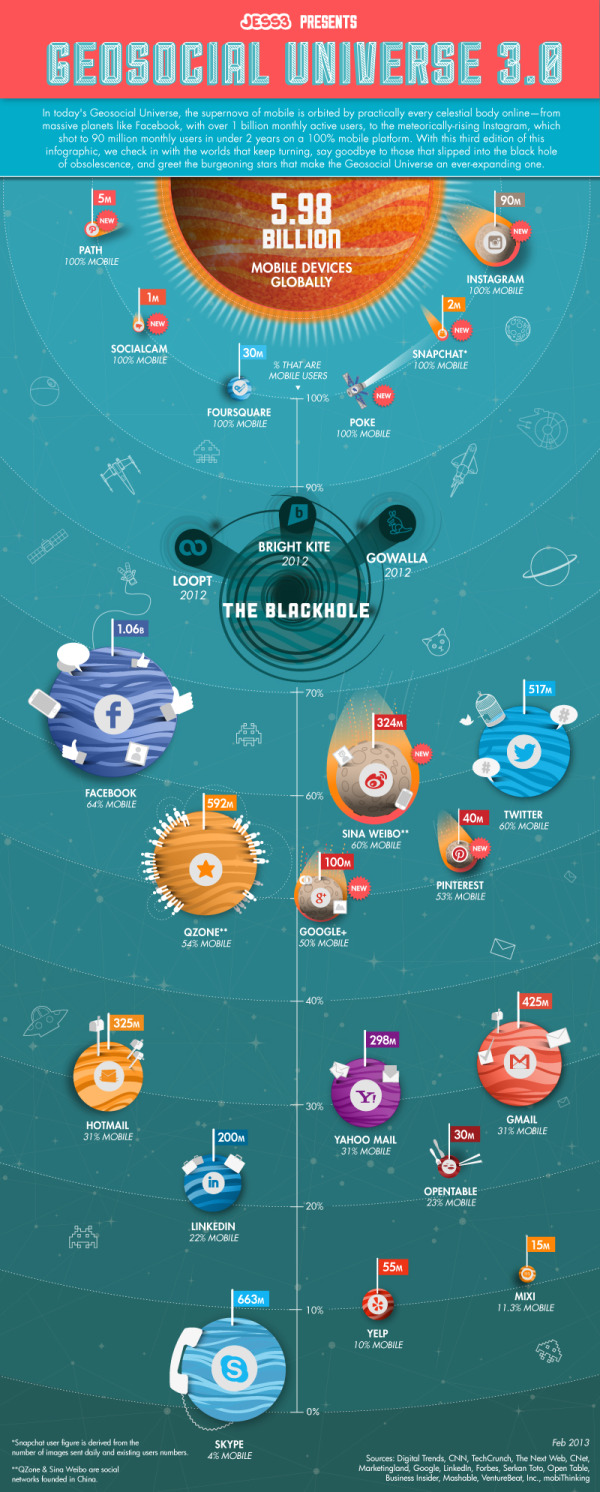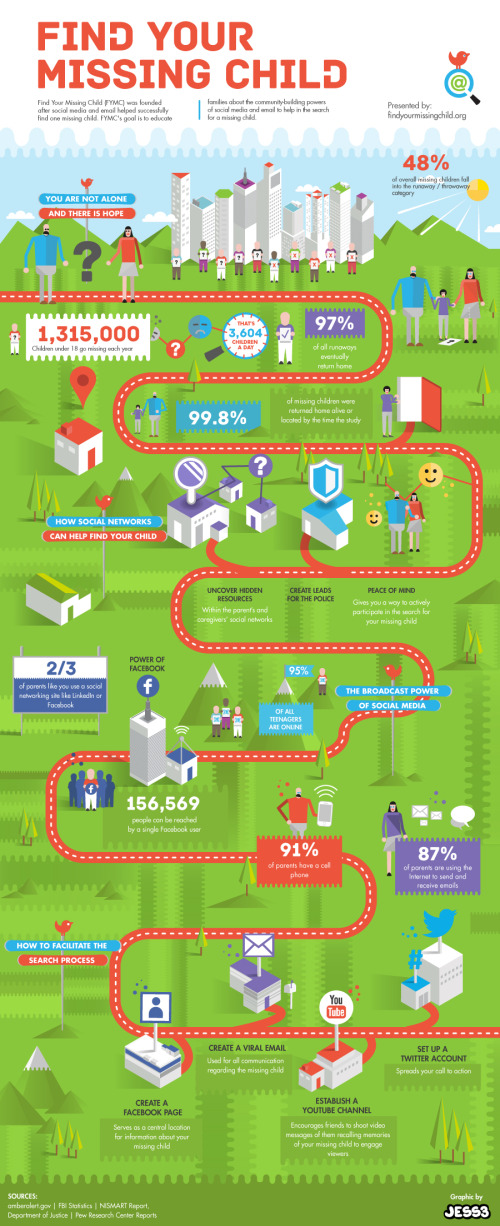Top 250 Internet Retailers Q3 2012 Update
Top 250 Internet Retailers Q3 2012 Update infographic from the Campalyst blog
Back in May we published an infographic about Top 250 Internet Retailers’ presence on social media. The infographic was perceived really well by our readers, customers and the media; thanks a lot to all the people sharing it on Facebook, Twitter, Pinterest and their blogs!
Now we are happy to present you with the Q3 update! Spoiler: those were two incredible quarters for Pinterest! Amazing growth in terms of the number of brands building their presence on Pinterest and the size of their communities!
I like the color scheme and the variety of data visualizations used in this infographic. Bars, icons, arcs and proportional circles. The use of the Internet retailer logos in the circles is especially effective.
I wish the Social Media site logos had been used, especially in the first three sections. I shouldn’t have to read the text and match the color to figure out what the visualization represents. That’s too much work for the reader. How many people does each of the people icons represent in the “How Many Followers Do They Have?” section? The lines look “relatively right”, but the number of icons seems to have no relationship to the actual numbers shown.
The footer needs both a copyright statement (or Creative Commons license) and the infographic landing page URL so readers can find the original when they see this posted on other sites (like this one!). Many bloggers are not good about linking back to your original site correctly, and you want your audience to be able to find it easily.
Found on Fresh Peel and Visual Loop









 Randy
Randy













